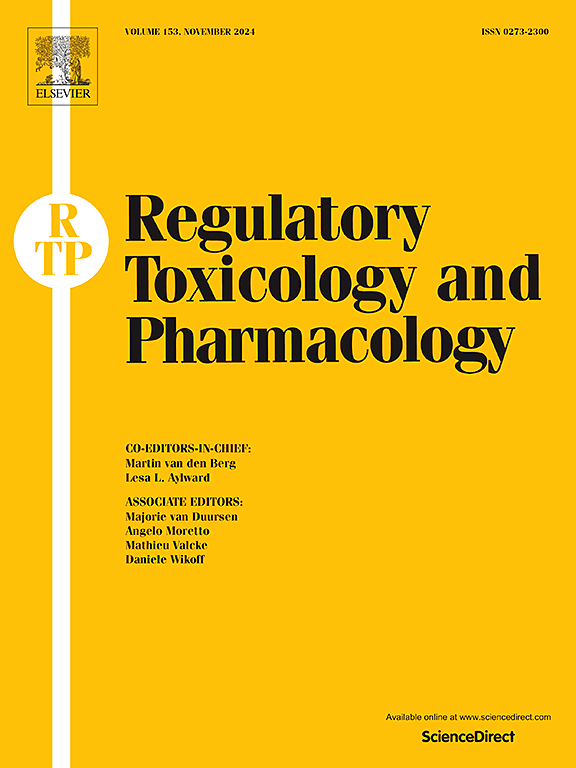动物试验的新典范--"3Rs 替代品"。
IF 3
4区 医学
Q1 MEDICINE, LEGAL
引用次数: 0
摘要
随着时间的推移,监管研究已经发生了革命性的变化。如今,监管安全测试的重点已从动物毒性测试转向非动物测试。这一举措符合国际 3R(替代、减少和改进)原则,也改变了监管机构的观点。3R 原则促使许多国家改变了药物开发的政策、法规和安全评估新方法。3R 方法促进了新技术和更多与人类相关的体外方法的发现和应用,从而最大限度地减少了动物(包括非人灵长类动物)在研究中的使用,并改善了动物福利。2016 年,欧洲药品管理局发布了《监管机构接受 3Rs 检测方法原则指南》,随后将于 2023 年发布概念性文件,以与现行 3R 标准保持一致。此外,美国食品和药物管理局于 2023 年通过了新法规,不再要求所有人类新药都必须进行动物试验,这将改变当前的试验范式。本综述文件介绍了 3R 的采用情况以及当前有关其实施的监管视角。本文章由计算机程序翻译,如有差异,请以英文原文为准。
The new paradigm in animal testing – “3Rs alternatives”
Regulatory studies have revolutionised over time. Today, the focus has shifted from animal toxicity testing to non-animal for regulatory safety testing. This move is in line with the international 3Rs (Replacement, Reduction, and Refinement) principle and has also changed the regulator's perspective. The 3R principle has stimulated changes in policy, regulations, and new approaches to safety assessment in drug development in many countries. The 3Rs approach has led to the discovery and application of new technologies and more human-relevant in vitro approaches that minimise the use of animals including non-human primates, in research and improve animal welfare. In 2016, the European Medicines Agency published the Guidelines on the principles of regulatory acceptance of 3Rs testing approaches, followed by a conceptual paper in 2023 to align with current 3R standards. Additionally, the United States Food and Drug Administration passed new legislation in 2023 that no longer requires all new human drugs to be tested on animals, which will change the current testing paradigm. This review paper provides the adoption of the 3Rs and the current regulatory perspective regarding their implementation.
求助全文
通过发布文献求助,成功后即可免费获取论文全文。
去求助
来源期刊
CiteScore
6.70
自引率
8.80%
发文量
147
审稿时长
58 days
期刊介绍:
Regulatory Toxicology and Pharmacology publishes peer reviewed articles that involve the generation, evaluation, and interpretation of experimental animal and human data that are of direct importance and relevance for regulatory authorities with respect to toxicological and pharmacological regulations in society. All peer-reviewed articles that are published should be devoted to improve the protection of human health and environment. Reviews and discussions are welcomed that address legal and/or regulatory decisions with respect to risk assessment and management of toxicological and pharmacological compounds on a scientific basis. It addresses an international readership of scientists, risk assessors and managers, and other professionals active in the field of human and environmental health.
Types of peer-reviewed articles published:
-Original research articles of relevance for regulatory aspects covering aspects including, but not limited to:
1.Factors influencing human sensitivity
2.Exposure science related to risk assessment
3.Alternative toxicological test methods
4.Frameworks for evaluation and integration of data in regulatory evaluations
5.Harmonization across regulatory agencies
6.Read-across methods and evaluations
-Contemporary Reviews on policy related Research issues
-Letters to the Editor
-Guest Editorials (by Invitation)

 求助内容:
求助内容: 应助结果提醒方式:
应助结果提醒方式:


